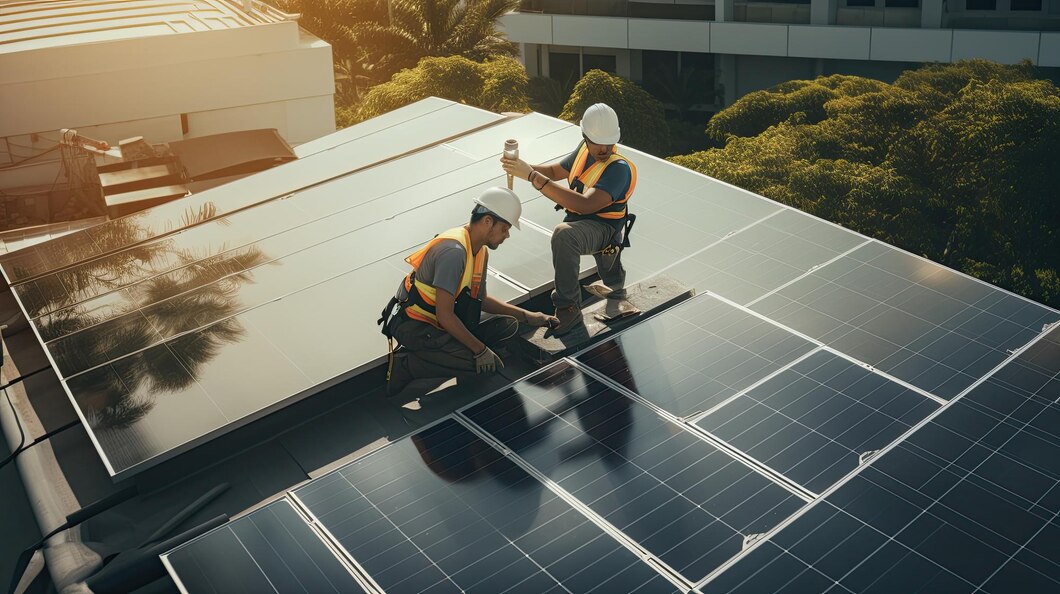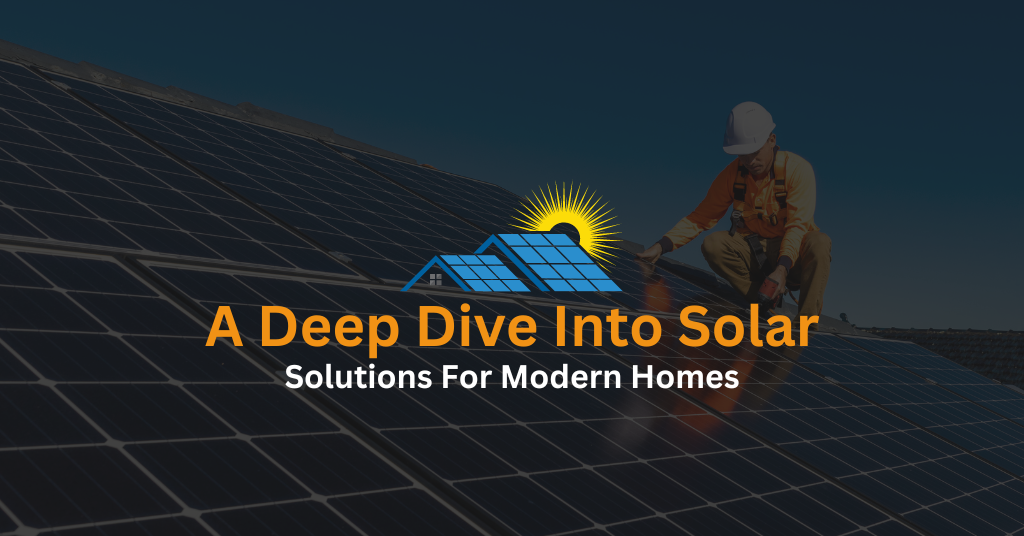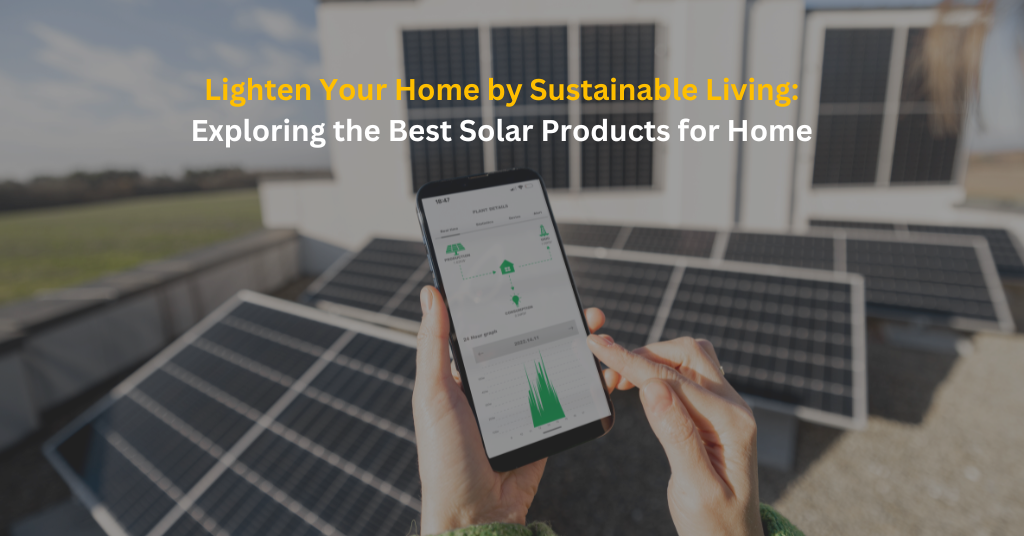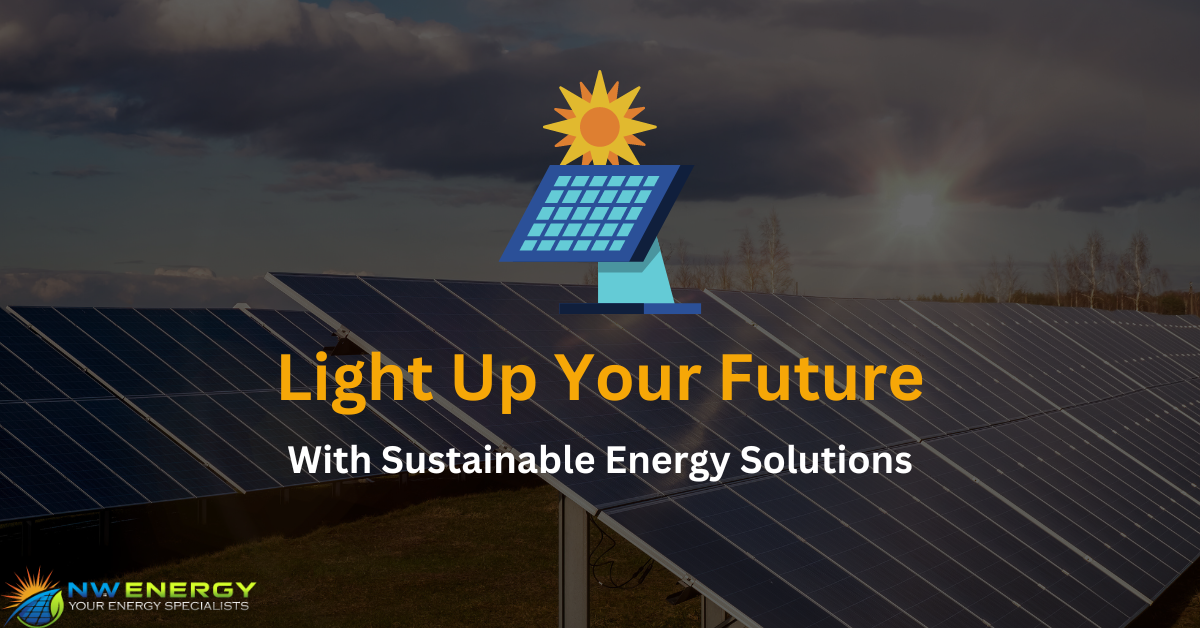The solar energy business is on the verge of a revolution. As we are in the middle of 2024, advances in PV technology are paving the way for a revolutionary era in renewable energy. Knowing the significant developments in the solar panel market in 2024 is critical for individuals using solar panels and those considering investment. It assists consumers in making informed decisions by explaining how the sector is evolving, how global issues may influence costs, and the emergence of community solar projects. This intelligence guarantees that solar systems are cost-effective for customers while also allowing potential investors to make strategic decisions that capitalize on upcoming possibilities.
The evolution of solar energy began with some renewable energy solutions provider creating the first photovoltaic cell capable of turning sunlight into electricity. Since then, ongoing research and development has resulted in more efficient and cost-effective solar panels. This has made solar energy a feasible choice for both residential and commercial structures, as well as large-scale utility installations. In this blog, we will take a closer look at some of the emerging trends in the solar market which can truly shift the way you look at solar panels service.
- BIFACIAL AND SMART SOLAR PANELS
Bifacial and Smart Solar Panels services are gaining traction in the solar sector. Bifacial panels absorb sunlight on both sides, increasing efficiency. Smart panels use technology such as IoT to optimize performance.
Imagine a solar farm with bifacial panels that collect sunlight from the ground and reflect it off neighboring surfaces. Smart panels in this configuration interact wirelessly, altering tilt and position to maximize energy capture. This synergy shows innovation by enhancing total energy production. For consumers, it implies more dependable and efficient solar systems, while investors see a viable path for innovations that improve competitiveness and sustainability in the ever-changing solar landscape.
- ENERGY STORAGE INTEGRATION
Consider a house in which a renewable energy solutions provider has set up solar panels and an effective storage system. During the day, excess energy is saved to power the house at night. This emphasizes the need of energy storage integration in solar, which ensures a consistent power supply even when the sun is not shining.
Investors should be aware that solar systems with storage are becoming increasingly popular, giving a consistent energy supply akin to a smartphone backup battery. As this new trend gains traction, investing in solar storage becomes a wise decision for a better and more reliable energy future.
- SUSTAINABILITY IN MANUFACTURING AND MATERIAL
Materials used by renewable energy solutions provider today comply with high environmental criteria, favoring renewable sources and minimizing ecological footprints, guaranteeing that the fundamental essence of solar panels is in tune with nature. The solar sector is becoming increasingly environmentally conscious. Manufacturers are employing environmentally friendly products and practices to conserve energy and decrease waste. They also use renewable energy to produce, save water, and keep the air clean.
But it does not end there. Even when solar panels are no longer in use, they may be reused thanks to innovative recyclable materials and simple dismantling designs. This creates a circular economy, reducing the demand for new resources while benefiting both the economy and the environment.
- INNOVATION IN DESIGN
Solar panel design innovations are critical to boosting efficiency and lowering solar energy system prices. Modern solar panels are the result of technical creativity, combining beauty and utility to overcome a variety of issues raised by older designs.
One of the latest and most significant design advancements is the transition to frameless and glass-glass solar panels. These panels eliminate the requirement for a standard aluminium frame, decreasing weight and the possibility of corrosion, while also providing a sleeker appearance that blends easily with building architecture. Glass-glass panels are also more durable since they include protective glass on both sides, which can help to extend the life of the solar panels service.
Another design breakthrough is the creation of bendable solar panels. These panels, made of thin-film cells, may be twisted and molded to fit areas that standard panels cannot. This adaptability enables creative applications for solar technology, such as incorporation into curved vehicle surfaces, portable solar chargers, and even in clothing.
- UPGRADES IN THE PHOTOVOLTAIC TECHNOLOGY

Advances in photovoltaic (PV) technology have been critical to the widespread use and efficiency of solar energy systems. Solar panel efficiency has improved dramatically over the years, allowing for increasing power output while keeping panel size constant. Material and manufacturing process innovations have contributed significantly to this success.
One of the most important developments is the creation of PERC (Passivated Emitter and Rear Cell) technology, which improves solar cell efficiency by adding a passivation layer that better catches sunlight. This technique is more widespread in today’s solar panels. Researchers are now looking at the possibility of perovskite solar cells, which provide even higher efficiency at possibly cheaper costs. While still at the experimental stage, perovskites have the potential to revolutionize the solar industry if successfully scaled for commercial usage.
- SOLAR PANEL INTEGRATION WITH SMART GRIDS
The integration of solar panel service with smart grids is a game-changing development that is redefining energy distribution and management systems. Smart grids are contemporary electrical networks that employ digital communication technology to monitor and respond to local variations in use and generation. When solar panels are linked to smart grids, they become part of a dynamic and responsive energy environment that has the potential to significantly improve power supply efficiency and dependability.
Smart grids allow for two-way connection between energy providers and users, resulting in real-time data sharing and control. For solar energy, this means that the fluctuating production from solar panels can be better regulated to meet demand. During periods of strong solar output and low use, extra energy can be stored or distributed throughout the grid to places where it is required. Conversely, during periods of low solar power, the grid can adjust by drawing on stored energy or increasing other generation sources.
FINAL THOUGHTS:
In 2024, the future of solar energy will be defined by a paradigm change in how we see and use solar electricity, rather than incremental advances. The trends point to a shift towards more efficient, integrated, and smart solar panel services, while the developments represent a technological breakthrough that has the potential to revolutionize our relationship with renewable energy. As we progress towards the end of this year, these trends and advancements will influence the industrial landscape, further lowering our reliance on fossil fuels and paving the path for a cleaner, more environmentally friendly energy future.






